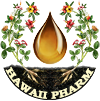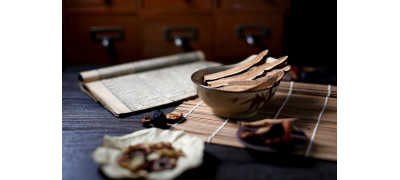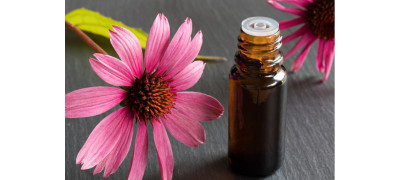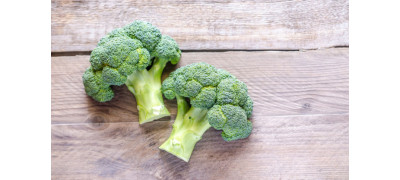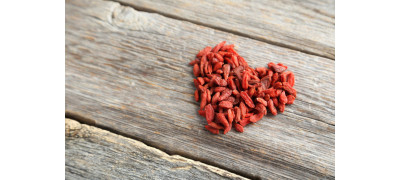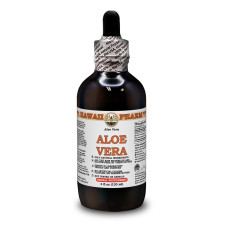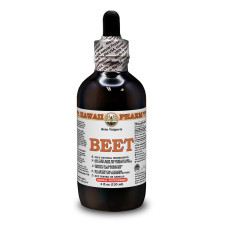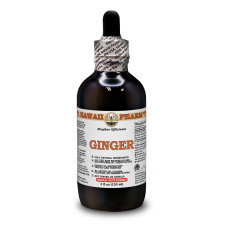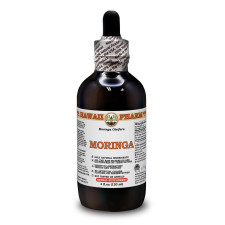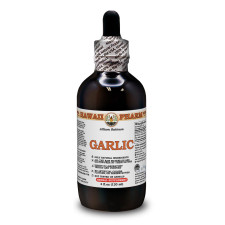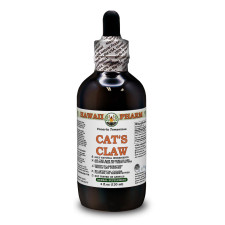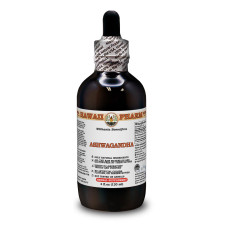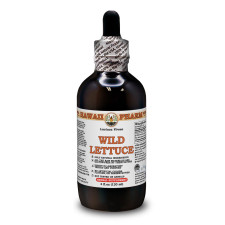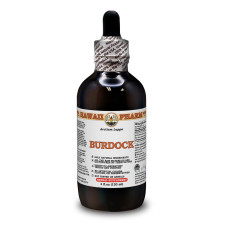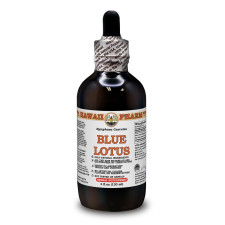- Home
- Alcohol Herbal Extracts
- Alcohol-FREE Herbal Extracts
- Veterinary Herbal Extracts
- Partnership
Partnership
We are open for cooperation with all interested persons or organizations. We have plenty of partners from all around the world and are looking for a long-term cooperation with new ones. At the present time we offer the following cooperation models:

WHOLESALER
We offer up to 30% discounts for wholesalers. The exact discount amount is dependent on your order amount, quantity and size of items. Minimum order amount is $300.

PRACTITIONER
Only for licensed practitioners! Create an account as practitioner and get special exclusive promotions. This kind of account is required manual approve.

AFFILIATE PROGRAM
Do you recommend us to your friends, family, colleagues and/or clients? If so: Thanks! We really appreciate it! Join our affiliate program. It’s by far the best way to monetize your Twitter or Facebook page, blog, or website.
- Blog
- Contact Us
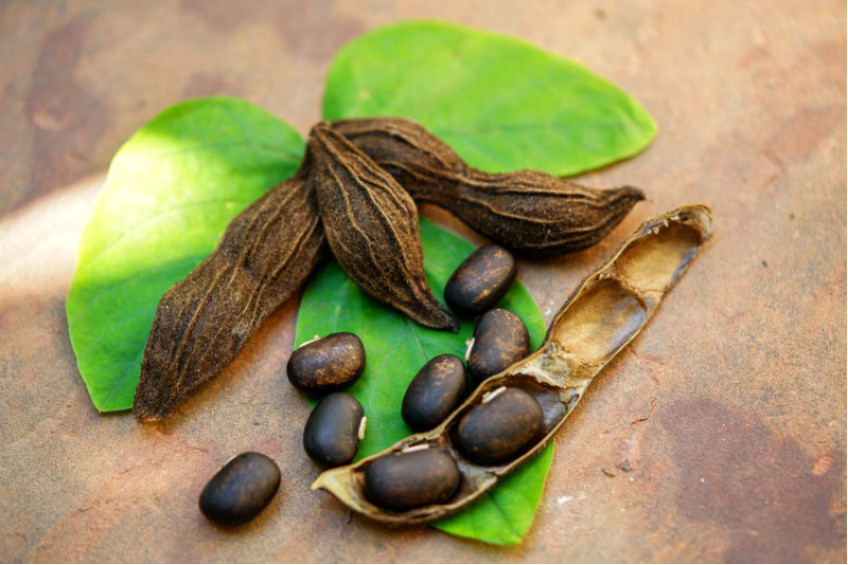
VELVET BEANS WITH REMARKABLE ADVANTAGES
COMMON NAME: Mucuna
LATIN NAME: Mucuna pruriens
ORIGIN: Africa (except northern regions) and tropical Asia
HABITAT: The homeland of Mucuna pruriens is Africa and tropical Asia. Currently, Mucuna has spread almost all over the world. In large quantities, the plant can be found in the Caribbean. It is worth noting that Mucuna pruriens is a plant that was not initially invasive on already cultivated lands. It only became such after the cultivation of the lands of South Florida. In many countries of the world, Mucuna pruriens is planted as a bean crop, capable of perfectly enriching the soil with nitrogen. In Vietnam and Benin, the plant is used as a bio-controller of the well-known Emperor Cylindrical weed.
BOTANICAL INFORMATION: Mucuna pruriens is a type of herbaceous plant from the genus Mucuna, the Fabaceae family.
Mucuna pruriens is a perennial climbing plant. This shrub has long shoots, sometimes reaching a length of more than 15 m. When the shrub is young, it is almost completely covered with fluffy hairs, while adult Mucuna almost does not have them. The leaves of the plant come in different shapes: diamond-shaped, oval, widely oval. They are wrinkled, pointed towards the end. It is interesting that in young shrubs of Mucuna both sides of the leaves are pubescent.
Mucuna pruriens is a flowering plant. Inflorescences are a hanging brush from 16 to 33 cm in length. The flowers on this brush grow perpendicular to the very axis of the inflorescence and have a length of 3 to 6 mm.
The length of the fruits of Mucuna pruriens at the stage of their ripening varies from 5 to 14 cm, and the width is from 1 to 2 cm. Inside the fruit there are up to 7 seeds. They can be both shiny and brown, and even black. They have a flat ellipsoidal shape. Outside, they are covered with rather sharp, like needles, orange hairs. These hairs contain serotonin and mukunin - substances that can cause severe irritation, blisters, dermatitis and, of course, itching when in contact with the skin.
CHEMICAL COMPOSITION:
Mucuna pruriens contains alkaloids and the “precursor” of dopamine - the isomer of L-DOPA (levodopa), a small amount of serotonin, nicotinic acid, bufotenin, dimethyltryptamine, 5-MeO-DMT. Mature seeds of Mucuna contain about 3-6% of the amino acid L-DOPA, as well as a small amount of nicotine, serotonin, bufotenin, DMT-n-oxide, beta-carboline, 5-MeO-DMT-n-oxide. The leaves of the plant contain levodopa, dimethyltryptamine, 5-MeO-DMT, DMT-n-oxide.
INTERESTING INFORMATION:
Its popular names “itchy beans” the plant received for a reason. The fact is that the hairs lining the seed capsules and a small spicule on the leaves contain the so-called 5-hydroxytryptamine, or serotonin. It is the substance that causes severe itching in contact with skin. A source of itching is also a cup of flowers. However, stinging hairs and spicules of Mucuna, located on the outside of the capsules, are used as a powder against this very itch.
Its second funny name - "mad beans" - Mucuna pruriens inherited from the local population, once lived in Northern Mozambique. The fact is that after contact with the plant, a person has an obsessive desire to scratch the affected area quickly and energetically.
*Be sure to follow relevant directions on product labels and consult with your pharmacist or physician or other healthcare professional before using.
NINGPO FIGWORT
The genus Scrophularia of the family Scrophulariaceae consists of about 300 species of herbaceous flowering plants known as figwort. All the Species of Scrophularia share square stems, opposite leaves..
ECHINACEA
Also known by the name “coneflower”, the echinacea plant is most often associated with combatting colds and stimulating the immune system. But what else do you know about this wonderful herb?..
BROCCOLI
Broccoli contains a high mount of vitamin C. One cup of chopped broccoli is equivalent in vitamin C content to one orange. Broccoli was first brought to the USA by Thomas Jefferson in 1767...
LITTLE RED WITH BIG POWER
Common Barberry (Berberis vulgaris) is one of the medicinal plants and is used in phytotherapy. The name"barberry" (Berberis vulgaris) comes from the word "Berber". Tribes of Berberslive in the north ..
Get exclusive deals you will not find anywhere else straight to your inbox!
Subscribe / UnsubscribeCookies policy
 We use cookies and similar technologies that are necessary to operate the website.
You can consent to our use of cookies by clicking "Accept..."
We use cookies and similar technologies that are necessary to operate the website.
You can consent to our use of cookies by clicking "Accept..."
Get exclusive deals you will not find anywhere else straight to your inbox!
Subscribe / UnsubscribeWe meticulously produce our extracts according to precise standards where each herb is extracted according to the distinct characteristic of each plant! Hawaii Pharm LLC offers the biggest choice of liquid herbal extracts in the World!

Hawaii Pharm LLC - Nature Heals. Highest Quality Herbal Products Since 2008.


